Welded wire fabric, often referred to colloquially as “weldmesh”, is crafted by joining low-carbon steel wires using electrical fusion. While panels can reach a maximum of 8′ x 4′, standard grids measure a standard 6′ x 6′. Mesh widths range from 0.5″ to 2″, creating an array of grids and patterns to choose from.
The cost of reinforced welded mesh is established by its weight, essentially an accumulation of the length, width and wire thickness – the higher the heaviness of the wire, the heavier the price tag. The 6′ or 8′ breadth also contributes to the ultimate cost, which is determined from all the factors combined.
Cost considerations for welded wire mesh are linked to the type of steel from which it is crafted. The most prevalent material is low-carbon steel, whereas stainless steel is more expensive, yet another option available.
Depending on the grid pattern, welded wire mesh can vary in price, with square, rectangular, and diamond models being the most common. If you’re looking for something special, there are other alternatives out there, though they may be at a higher cost.
The cost of welded wire mesh varies depending on the finish. Galvanization is by far the most popular option, it consists of a layer of zinc that works to dissuade rust. For a bigger financial outlay, PVC-coated wire is available and provides an alternative option for the mesh.
If you want to get the most bang for your buck, you must take all the factors into consideration when selecting welded wire mesh.
Related Product
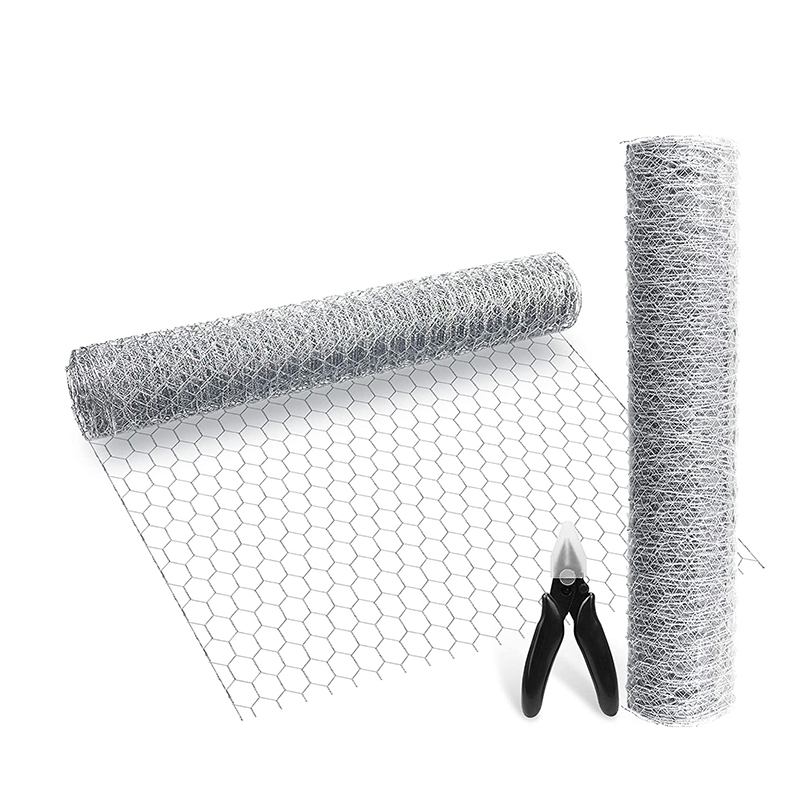
Hexagonal Wire Mesh
Product information: PVC Coated Hexagonal Wire Netting Mesh Wire Gauge (MM) Width Inch MM – – 1/2″ 13mm 0.6mm – 1.0mm 2′ – 2M 3/4″ 19mm 0. […]
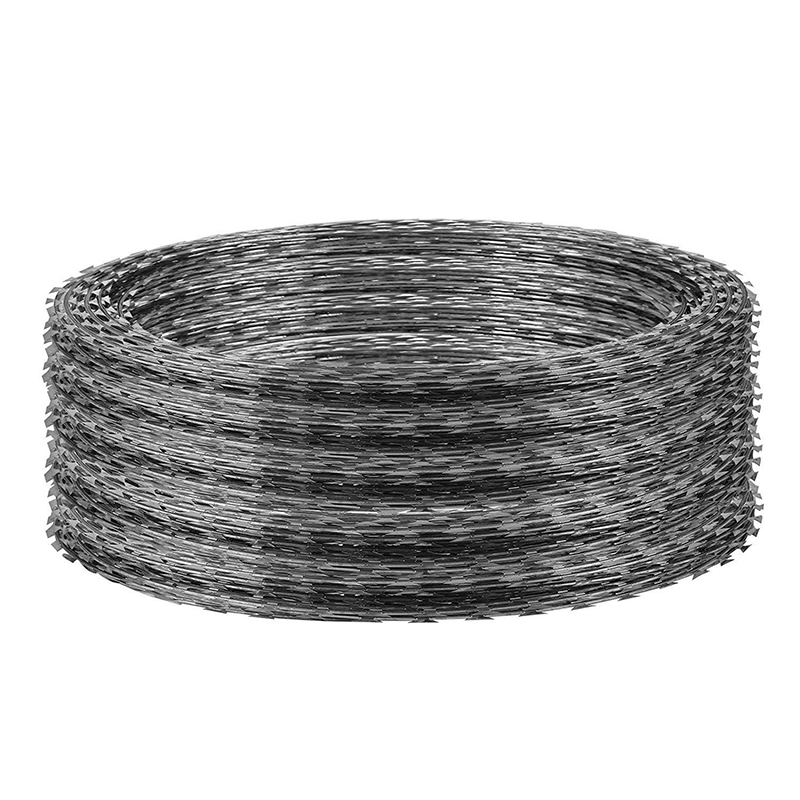
Razor Wire
Product information: Concertina Razor Wire is widely used for construction of high security fencing projects in military and national defence. We export directly and supply Razor W […]
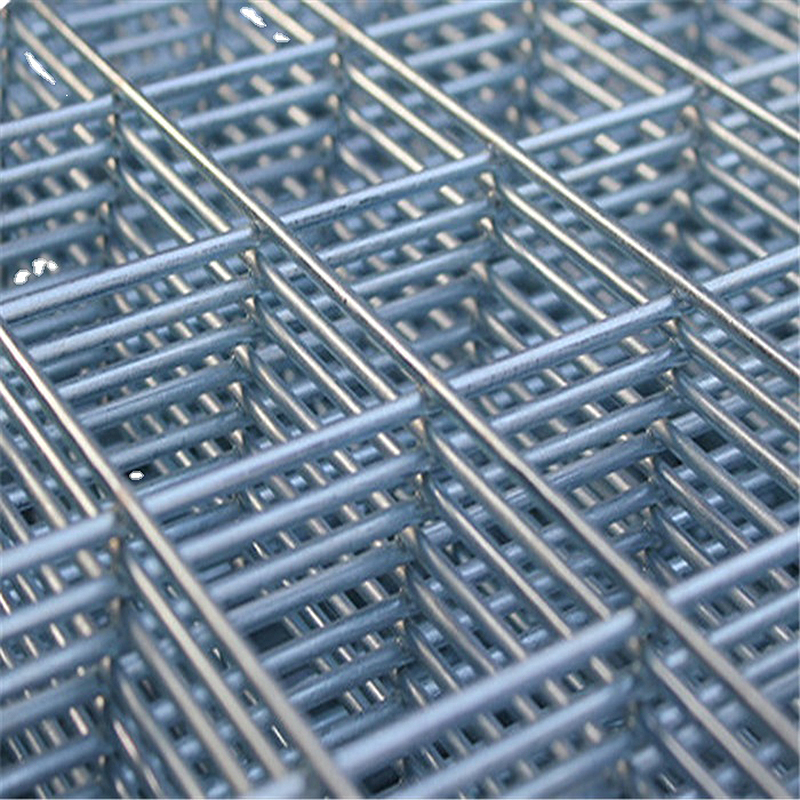
Welded Wire Mesh Panels
Product information: 1.Materials:Stainless steel wire, Low carbon steel wire, Galvanized wire 2.Style: (1)Electro or Hot dipped galvanized after or before welding; (2)Stainless ste […]
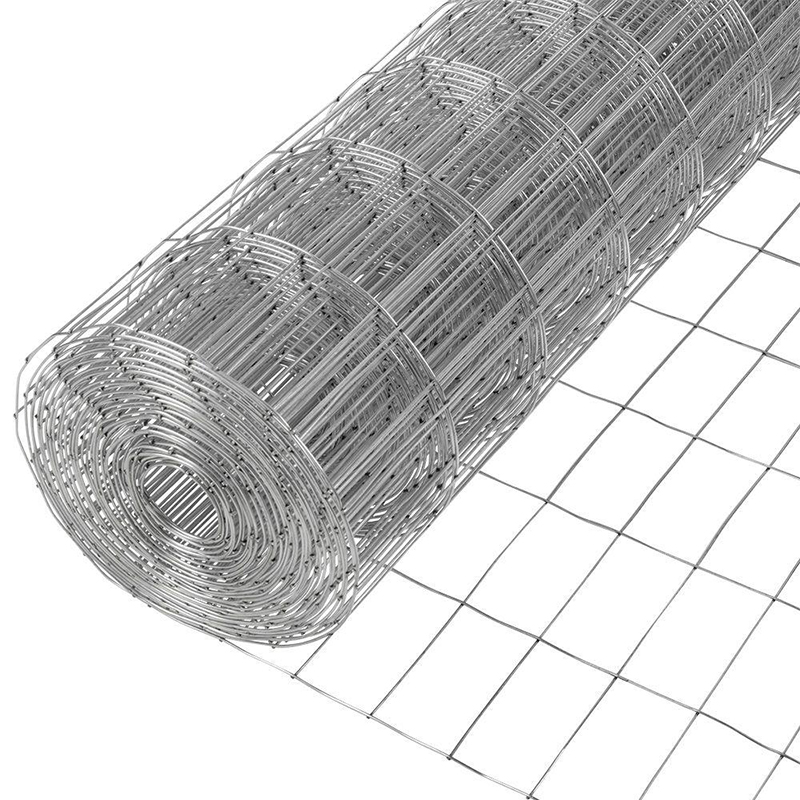
Welded Wire Mesh
Welded wire mesh is one popular materials in concrete, construction and industry. It is made of low carbon steel wire, stainless steel wire after welding and surface treating. Weld […]
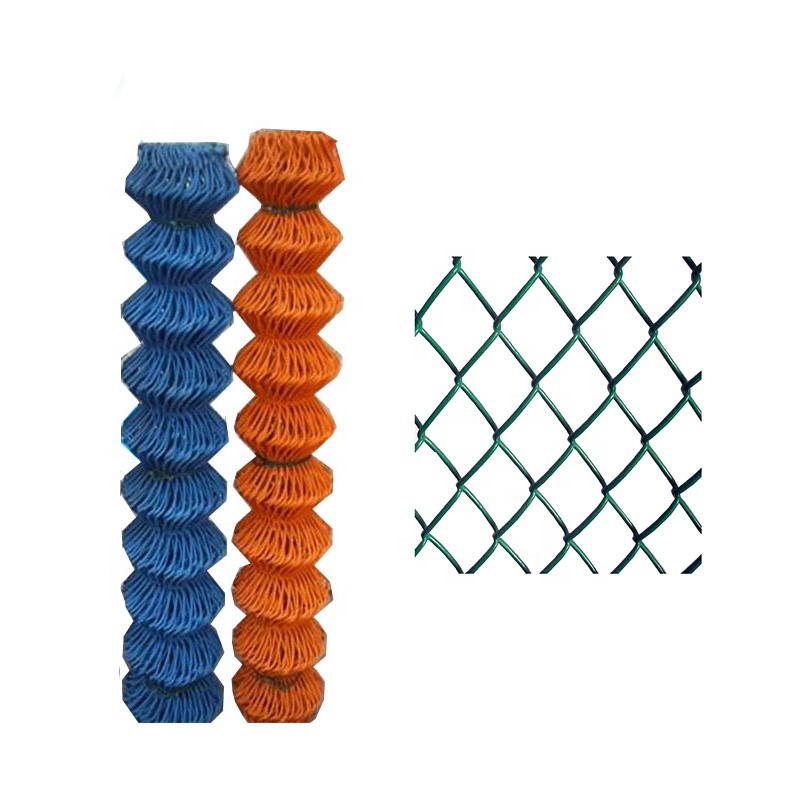
Chain Link Fence
Product information: Specification: Galvanized chain link fence Mesh Wire gauge Width Length 1″ BWG11,12,13,14 0.5-4m 0.5-25m 1-1/2″ BWG8,9,10,11,12,13 0.5-4m 0.5-25m 2 […]
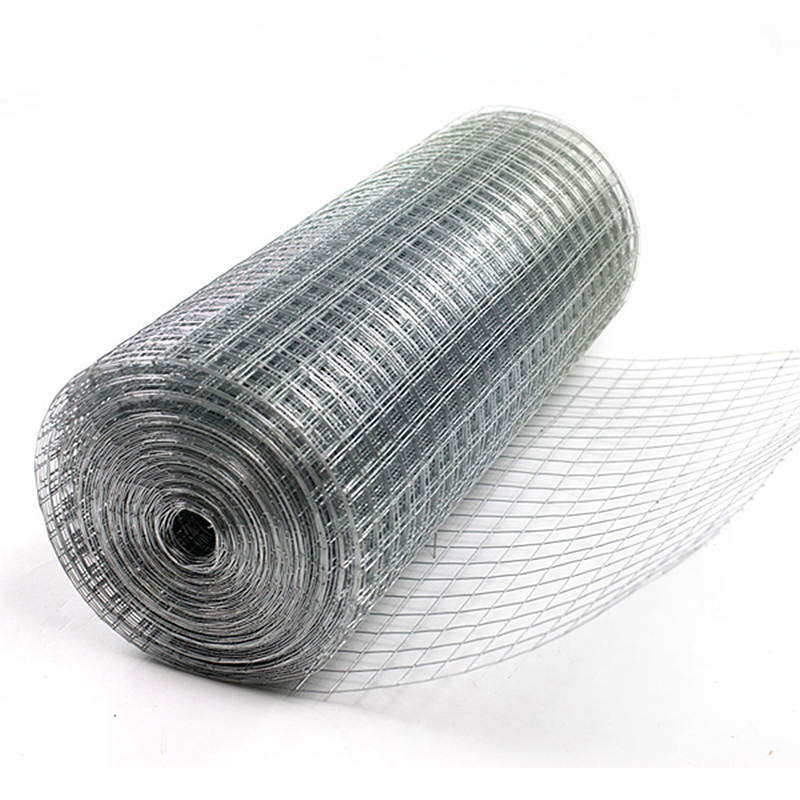
Hardware Cloth
Product information: Welded wire mesh is welded form superior low carbon steel wire and then galvanized or pvc coated or stainless steel wire and then welded. It features smooth su […]
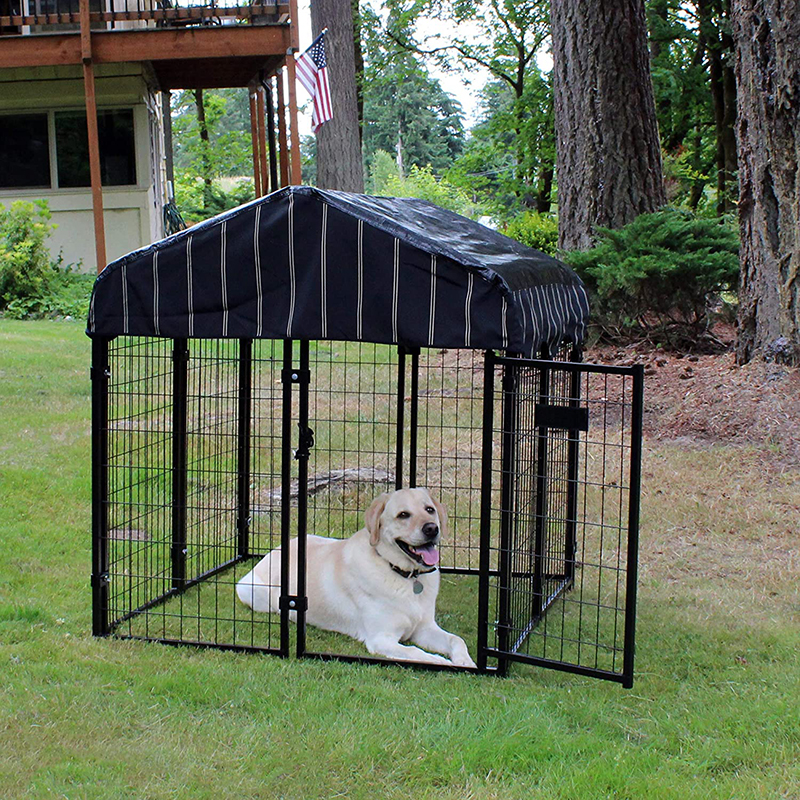
Dog Cage
Factory wholesale large metal multi functional dog cage kennel outdoor About the dog cage: * SAFE FOR DOGS – Our welded wire kennel offers safe protection for dogs of all siz […]
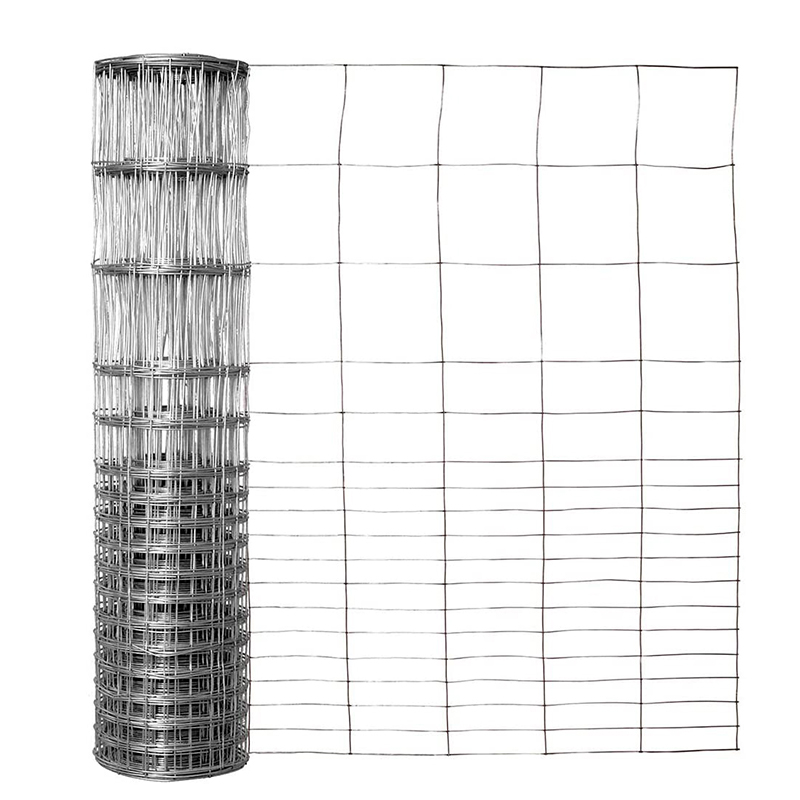
Hot Dip Galvanized Steel Field Fence
Product information: Field Fence also called Grassland Fence,Cattle Fence,Kraal Network Fence,Farm Fence is a widely used in America and Europe.Field fence is manufactured in a wid […]
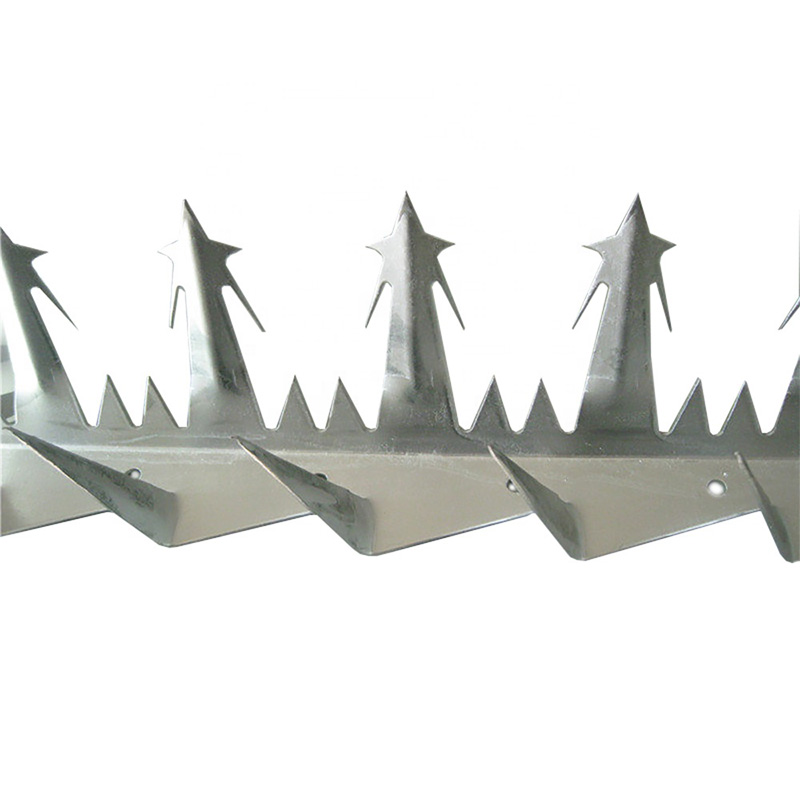
Anti Climb Wall Spikes
Product information: Big Sized Wall Spike Specification Type Big Sized Wall Spike A Big Sized Wall Spike B Model Number Anti-Climb wall Spikes Material HOT DIPPED GALVANIZED STAINL […]
Post time:2023-06-27

